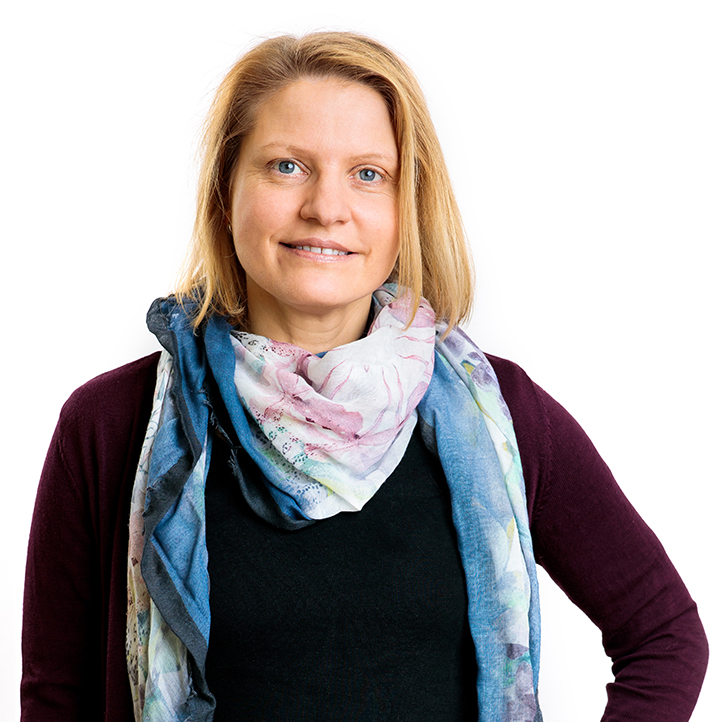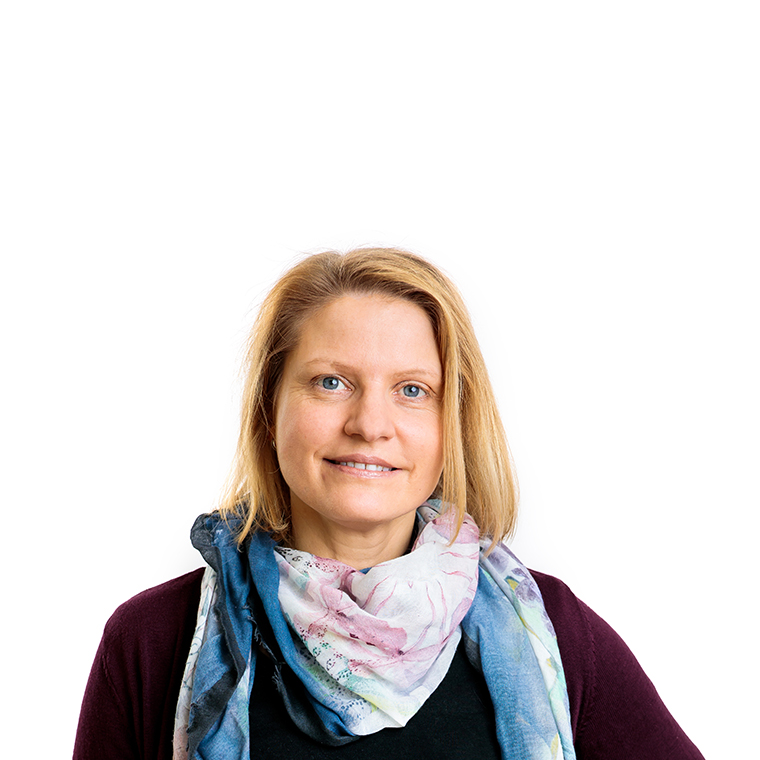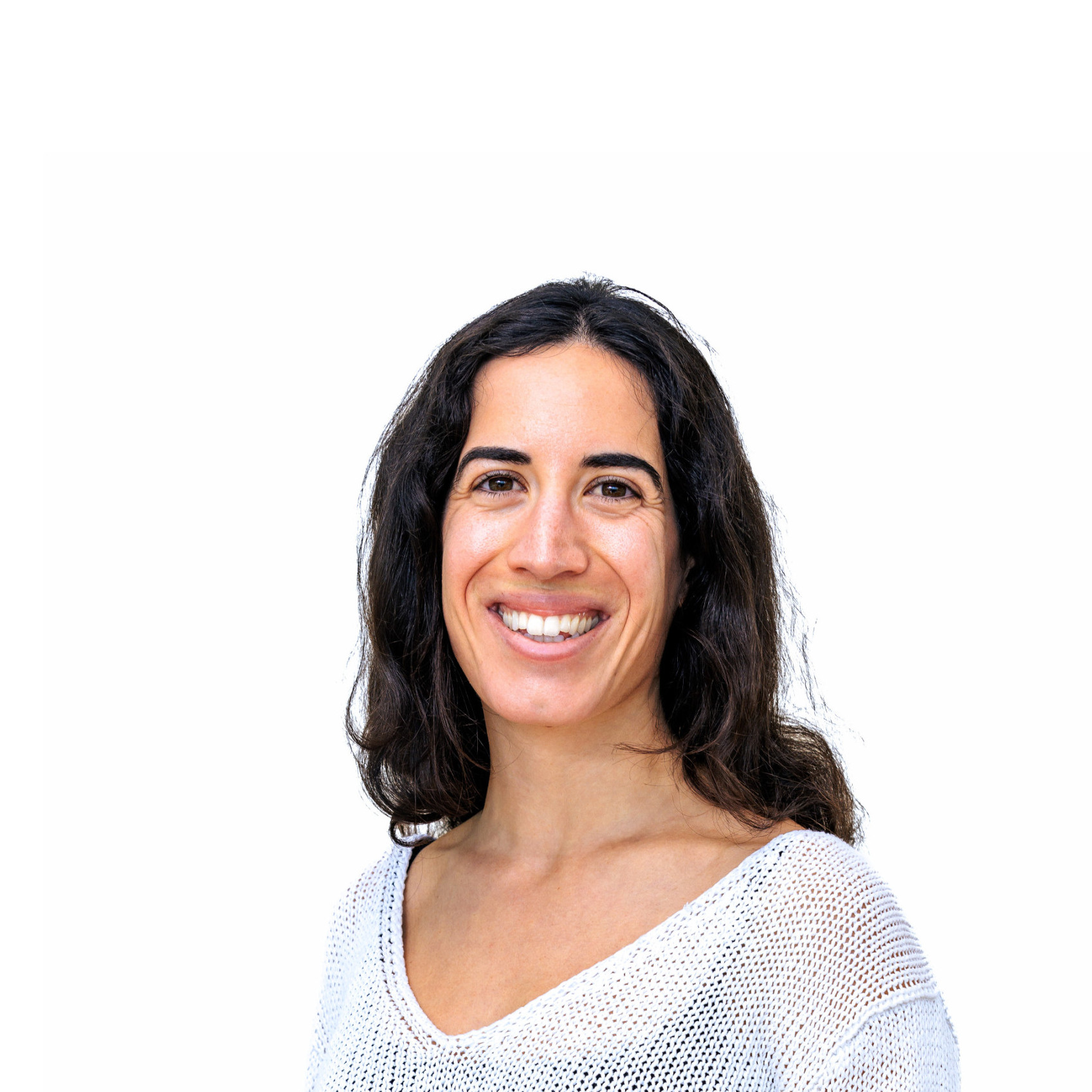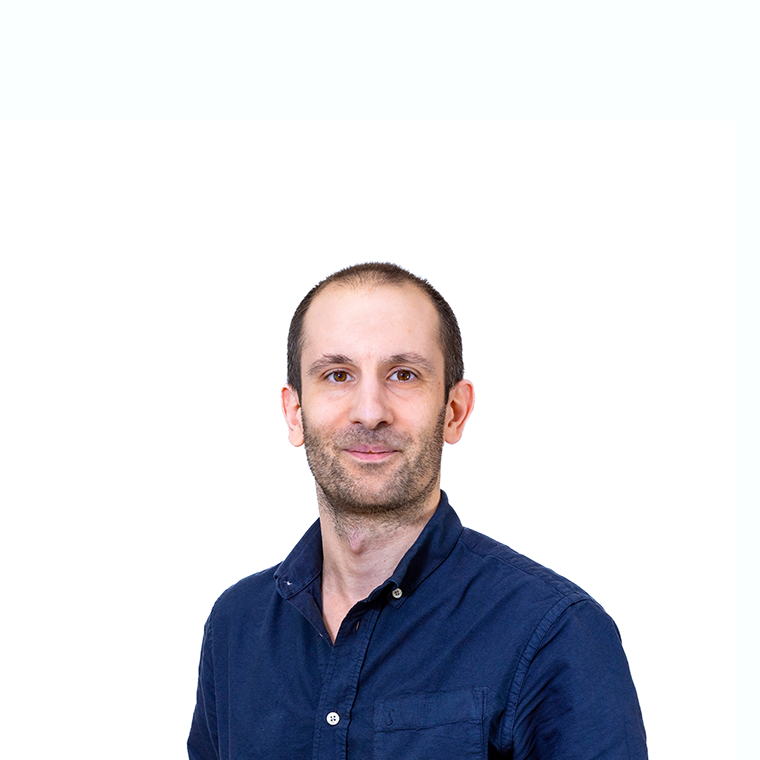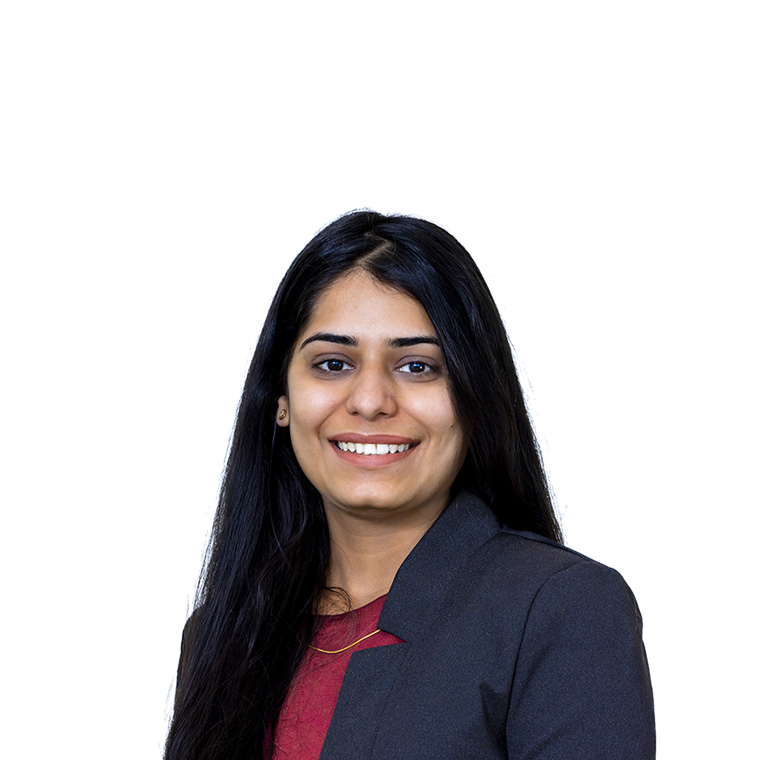Group leader: Dr. Claudia Janda
Developing antibodies and nanobodies for theranostics
By combining therapy and diagnostics (theranostics) we hope to improve personalized treatment for pediatric oncology. Theranostics with antibody-based radiotracers for PET imaging and radioimmunotherapy have become important tools for diagnosis, treatment, treatment stratification to immunotherapies, and treatment monitoring in adult oncology. However, they remain largely unexplored in pediatric oncology despite great opportunities. In collaboration with Prof. Dr. Max van Noesel and the Theranostics Facility of the UMC Utrecht, we develop nanobody-based radiotracers for PET imaging and radioimmunotherapy targeting antigens overexpressed on osteosarcoma, and other pediatric solid tumors. Ultimately, we aim to improve treatment and use target-specific PET imaging for therapy evaluation in children with sarcomas.
Engineering chimeric antigen receptors and bispecific T cell engagers for immunotherapies
Cancer immunotherapies aim to stimulate the patient’s immune system to combat cancer and hold great promise for treating cancers that are refractory to standard treatment. However, osteosarcoma and other pediatric solid tumors pose unique challenges for immunotherapies, such as low expression of tumor-specific antigens, antigen escape, dense packing of the extracellular matrix, and immunosuppressive microenvironment.
In collaboration with the CAR T Cell Program, the Cell Therapy Facility, and the Single Cell Genomics Facility of the Princess Máxima Center, we develop antibodies and nanobodies for (newly identified) pediatric tumor antigens and use innovative screening approaches to interrogate the structure-function relationship of chimeric antigen receptors and bi-specific T cell engagers.
Engineering modulators of the Wnt and BMP signaling pathway to enhance tissue regeneration after therapy-induced damage
Wnt and BMP signaling are conserved developmental signaling pathways activated by promiscuous interactions between multiple ligand and receptor variants, allowing them to elicit highly pleiotropic functions. Owing to the critical roles of both pathways in the maintenance, proliferation, and differentiation of stem cells, the specific activation or inhibition of signaling has attracted much interest in regenerative medicine.
Our lab has a long-standing interest in combining structural and functional studies and protein and antibody engineering approaches to develop Wnt and BMP signaling modulators with drug-like properties to stimulate the regeneration and repair of damaged tissue specifically. Our current interest is in developing novel Wnt surrogates that enhance regeneration after therapy-induced tissue damage, for instance, the radiation-induced damage of the intestine and chemotherapy-induced ototoxicity affecting hearing and balance. We interrogate the activity of these Wnt surrogates in various in vitro and in vivo tissue injury and regeneration models.
Identifying new therapeutic strategies for high-risk osteosarcoma
Osteosarcoma is the most common type of malignant bone tumor, accounting for 5% of all pediatric tumors. Osteosarcoma predominantly affects children and young adults and most frequently develops around the metaphysis of long bones. While children with localized osteosarcoma have improved outcomes, children with metastatic and recurrent disease respond poorly to standard therapies and have 5-year survival rates of <30%. Therefore, there is an ongoing need for more selective and effective therapeutics.
To improve our understanding of osteosarcoma development and progression, we closely collaborate with various groups at the Princess Máxima Center. Together we take a multidisciplinary approach using state-of-the-art technologies, such as single-cell transcriptomics, single-cell genomics, and organoid technology, with the ultimate goal of identifying new therapeutic strategies for children with high-risk osteosarcoma.
- Developing nuclear nanobody-based theranostics for high-risk pediatric sarcomas – with dr. Max van Noesel and dr. Alex Poot – Stichting Kinderen Kankervrij (2023-2027) – News Article
- Toxicity of methotrexate and dexamethasone on developing bone – Stichting Kinderen Kankervrij (2021-2022)
- Dissecting the osteosarcoma tumor microenvironment to identify new strategies for therapeutic targeting – Stichting Loeka (2020-2024)
- Identification and evaluation of markers for immunoPET radiotracers for rhabdomyosarcoma imaging (RMS) - Stichting Kinderen Kankervrij (2020-2022)
- Development of Patient-Derived Osteosarcoma Organoids – Stichting Loeka (2019-2023)
Twinning program KiTZ
Establishing a state-of-the-art platform for discovery of innovative, more effective CAR T-cell constructs directed against pediatric solid tumors - with Dr. Franziska Blaeschke at KiTZ (2024-2025)
Personalized medicine for childhood cancer - with Prof. Dr. Max van Noesel, Prof. Dr. Jan Molenaar, and Dr. Marcel Kool at the Máxima together with Dr. Ina Oehme and Dr. Olaf Witt at KiTZ (2022-2023) - News Article
Developing immunotherapies for children with high-risk rhabdomyosarcoma (RMS) - with Ana Bonito at KiTZ (2021-2023)
Princess Máxima Center Foundation
Donations are regulary received through the Princess Máxima Center Foundation. With gratitude, the Janda group spends these donations on research into development and new therapeutic strategies of osteosarcoma.
Yan KS, Janda CY, Chang J, Zheng GXY, Larkin KA, Luca VC, Chia LA, Mah AT, Han A1, Terry JM, Ootani A, Roelf K, Lee M, Yuan J, Li X, Bolen CR, Wilhelmy J, Davies PS, Ueno H, von Furstenberg RJ, Belgrader P, Ziraldo SB, Ordonez H, Henning SJ, Wong MH, Snyder MP, Weissman IL, Hsueh AJ, Mikkelsen TS, Garcia KC, Kuo CJ. Non-equivalence of Wnt and R-spondin ligands during Lgr5+ intestinal stem-cell self-renewal. 9 (2017) Nature 545:238-242 PubMed PMID:28467820
Janda CY, Dang LT, You C, Chang J, de Lau W, Zhong ZA, Yan KS, Marecic O, Siepe D, Li X, Moody JD, Williams BO, Clevers H, Piehler J, Baker D, Kuo CJ, Garcia KC. Surrogate Wnt agonists that phenocopy canonical Wnt and β-catenin signalling. (2017) Nature 545:234-237 PubMed PMID:28467818
Keupp K, Beleggia F, Kayserili H, Barnes AM, Steiner M, Semler O, Fischer B, Yigit G, Janda CY, Becker J, Breer S, Altunoglu U, Grünhagen J, Krawitz P, Hecht J, Schinke T, Makareeva E, Lausch E, Cankaya T, Caparrós-Martín JA, Lapunzina P, Temtamy S, Aglan M, Zabel B, Eysel P, Koerber F, Leikin S, Garcia KC, Netzer C, Schönau E, Ruiz- Perez VL, Mundlos S, Amling M, Kornak U, Marini J, Wollnik B. Mutations in WNT1 Cause Different Forms of Bone Fragility.(2013) American Society of Human Genetics 92: 565-574 PubMed PMID:23499309
Bazan JF, Janda CY, Garcia KC. Structural architecture and functional evolution of Wnts. (2012) Developmental Cell 23: 227-232 PubMed PMID:22898770
Janda CY, Waghray D, Levin AM, Thomas C & Garcia KC. (2012) Structural basis of Wnt recognition by Frizzled. (2012) Science 337: 59-64 PubMed PMID:22653731
About our lab
The Janda group started as a small group in 2018 and has grown to its current conformation over the years. Due to our expertise and interest in protein engineering, the Protein Facility of the Máxima is embedded within our group. In our lab, we embrace critical thinking, personal growth, and teamwork. We highly value multidisciplinarity and collaborate with various research groups within the Máxima as well as research groups from other institutes. To conduct reliable scientific research, we have high demands on scientific integrity for which transparency is crucial. In addition, we strive to be a diverse and inclusive group in which everyone (including all genders, ethnicities, religions, or other beliefs) feels welcome.


